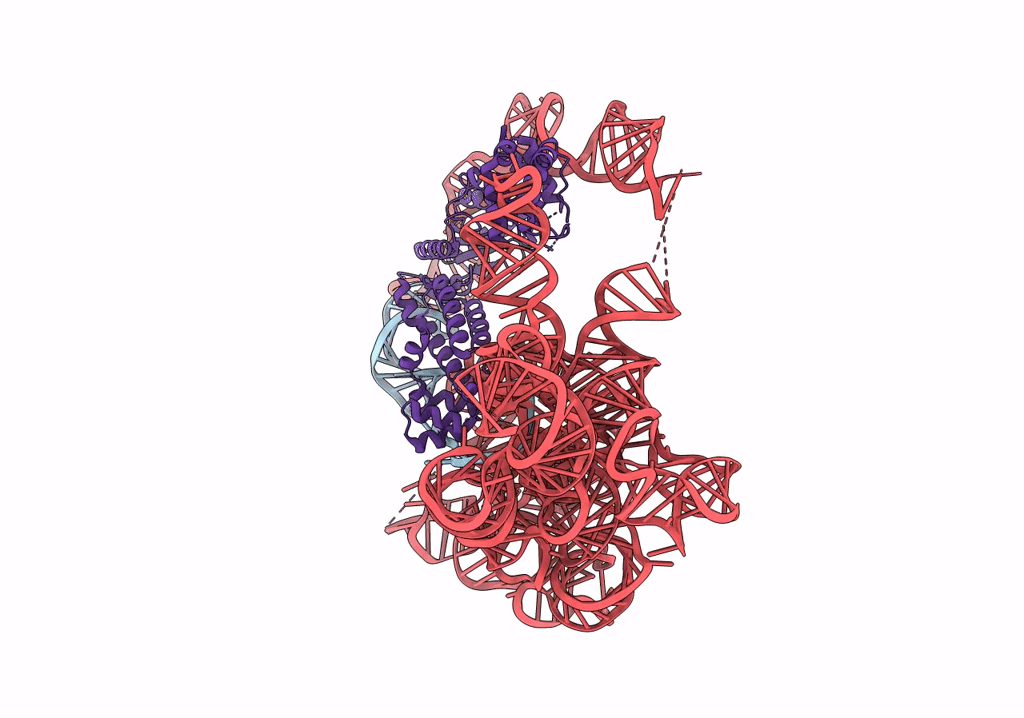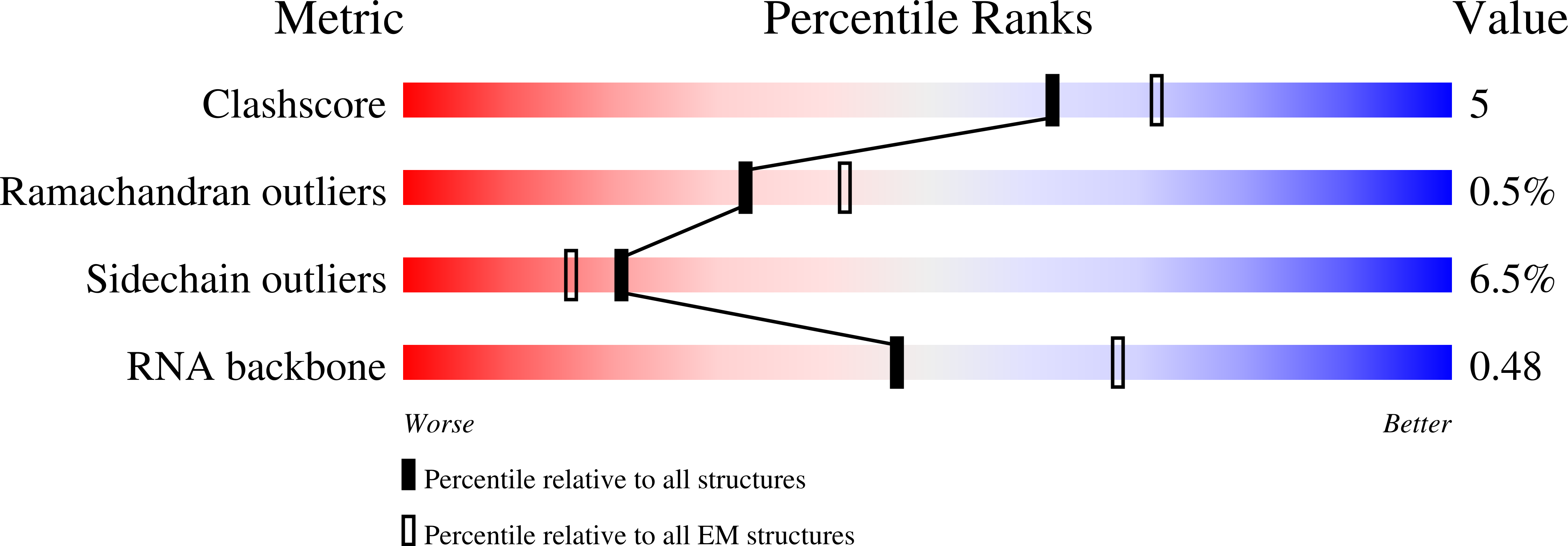
Deposition Date
2022-03-29
Release Date
2022-11-23
Last Version Date
2024-06-12
Entry Detail
PDB ID:
7UIN
Keywords:
Title:
CryoEM Structure of an Group II Intron Retroelement
Biological Source:
Source Organism:
[Eubacterium] rectale (Taxon ID: 39491)
Host Organism:
Method Details:
Experimental Method:
Resolution:
2.80 Å
Aggregation State:
PARTICLE
Reconstruction Method:
SINGLE PARTICLE


